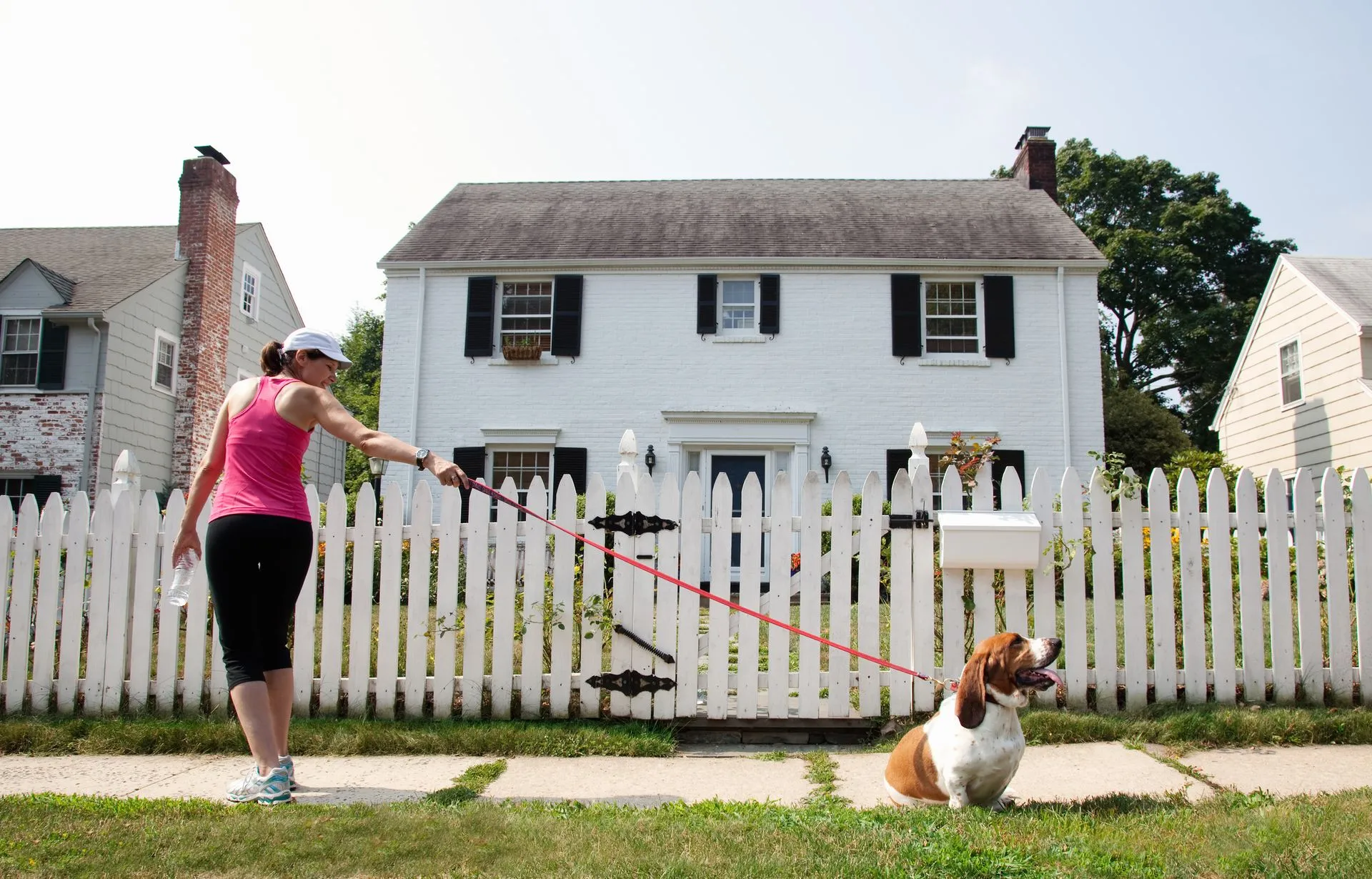We’ve all been there – desperately calling for our dogs, only to be met with selective hearing as they gleefully explore something far more captivating. Perhaps they’re engrossed in a fascinating scent or, worse, embarking on a thrilling chase. The frustration is real, as is the concern for their safety.
One dog owner, J.M. from London, wrote in with a common concern:
Dear Ben, My ageing border terrier, Bertie, has recently started getting very distracted on walks. He does eventually respond to my shouts of: ‘Bertie, come here!’ However, as we live in the centre of London, where the parks are really busy, I am sure other walkers are starting to think: ‘Oh no, here’s the lady who has to shout loudly at her dog to get him to come back.’ Bertie’s like a son to us and I worry what will happen when his hearing starts to deteriorate further. Is there another way that I can get him to come back to me without yelling my head off? I wonder if a dog whistle might be a solution, even though I have never used one before. What do you suggest, please? — J.M., London
J.M.’s question highlights a common predicament: how to reliably recall a dog without resorting to shouting, especially in distracting environments. The answer lies in mastering the whistle recall. Training your dog to come using a whistle can be incredibly effective, offering a consistent and clear signal that transcends distractions. Here’s how to do it right.
Why Use a Whistle for Dog Recall?
A dog whistle offers several advantages over verbal commands:
- Consistency: The whistle produces the same sound every time, unlike our voices, which can vary in tone and volume.
- Distance: The high-pitched sound of a whistle can travel further than the human voice, making it ideal for off-leash activities.
- Clarity: A whistle’s sharp, distinct sound can cut through distractions, capturing your dog’s attention more effectively.
Ben Randall’s Top 5 Tips for Training Your Dog to a Whistle
Renowned dog trainer Ben Randall, with decades of experience, advocates for a positive, reward-based approach to whistle training. Here are his top tips to help you establish a reliable whistle recall:
1. Associate the Whistle with Positive Experiences
Begin by creating a positive association between the whistle and something your dog loves – food! During meal preparation, blow the recall whistle (3-5 short, sharp pips). This Pavlovian conditioning teaches your dog that the whistle sound predicts a positive outcome: mealtime!
 Dog eating from a bowl
Dog eating from a bowl
2. Practice Whistle Recalls in a Controlled Environment
Once your dog associates the whistle with food, transition to practicing the recall in your backyard. Start with short distances. Have your dog sit at point A, then walk to point B with their food bowl. Blow the whistle (3-5 pips). As they come to you, rattle the kibble in the bowl as a lure. Ask them to sit in front of you, and give them a piece of kibble. Repeat this exercise in different areas of the garden.
 Dog sitting in a garden
Dog sitting in a garden
3. Vary the Rewards
Don’t reward your dog with food every single time they respond to the whistle. Introduce other rewards, such as quiet vocal praise, a gentle head pat, or an ear rub. This prevents your dog from becoming solely motivated by food and encourages them to listen for your approval and connection.
4. Introduce Intermittent Reinforcement
Mix up the reward schedule. Sometimes reward on the first recall, sometimes after three or four recalls. This teaches your dog that consistent listening is the key to earning a reward, even if it doesn’t come immediately. This method, called intermittent reinforcement, creates a more engaged and reliable recall.
5. Consistency is Key
Use the whistle consistently and only for recall. Avoid using it to express frustration or for other commands. The whistle should always signal one thing: “Come to me!”
 Dog sitting with owner in a field
Dog sitting with owner in a field
Credit: Getty Images
Troubleshooting Common Whistle Recall Issues
- Dog ignoring the whistle: Go back to basics. Reinforce the positive association with food in a controlled environment. Ensure the whistle is the only command being used for recall.
- Dog only responding sometimes: Increase the value of the reward. Try using higher-value treats or more enthusiastic praise. Practice in more challenging environments with increasing distractions.
- Dog coming slowly: Ensure you are rewarding promptly upon arrival. Make the recall fun and engaging by using a cheerful tone and offering enthusiastic praise.
The Power of a Reliable Recall
Training your dog to come reliably to a whistle is an investment in their safety and your peace of mind. It allows them to enjoy off-leash freedom while ensuring you can always call them back, no matter the distraction. With patience, consistency, and positive reinforcement, you can master the whistle recall and build a stronger bond with your canine companion.
